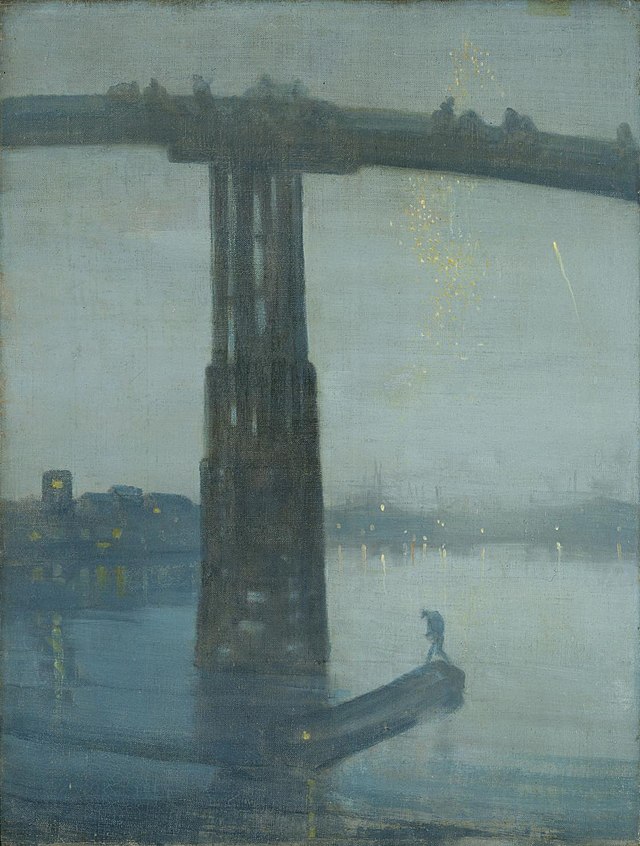Aesthetics has a direct impact on people since the individual’s aesthetic and artistic gradual development becomes a lever for changing the society where people live. Social progress does not stop; it makes a vast number of demands on people, requiring creative activity, creative thinking, straining spiritual forces, testing spiritual boundaries. The power of reforming the world forces society to demonstrate its aesthetic potential. This fact puts the individual’s aesthetic and artistic culture in an essential place when creating favorable conditions for life.
Art can be defined as a creative activity aimed at expressing a person’s worldview and making others observe this perspective. This definition is in line with such an artist role (as described by Henry M. Sayre’s) as the one who shows the world in a new light. Clearly, aesthetics is focused on identifying universal criteria for the sensory perception of expressive forms of the surrounding world. However, artists show this material world through their thoughts and feelings that fall on paper and canvas with the pencil and brush, along with lines and color. Even a simple stroke made by the artist in search of the realization of the idea is accompanied by purposefulness. The worldview and the views on life play a huge role in the artist’s work. The artist is captured primarily by a particular vital phenomenon, bright in character and expressive in color. Moreover, this phenomenon (a small scene, a life situation) is formed in the plan and then unfolds into a whole ideological and imaginative complex.
It is impossible to talk about composition without talking about the artist’s emotions to convey in the artwork. The laws and principles of composition are always subordinated to the idea of the work and the emotional premise that the artist wants to convey. Any beautiful composition and harmony are not an end in itself, but first of all, it is an instrument. A properly created composition will strengthen and emphasize the idea, and an incorrect one will completely distort it.
Image

Reference
Whistler, J. (1875). Nocturne: Blue and Gold – Old Battersea Bridge [Art]. Tate. Web.